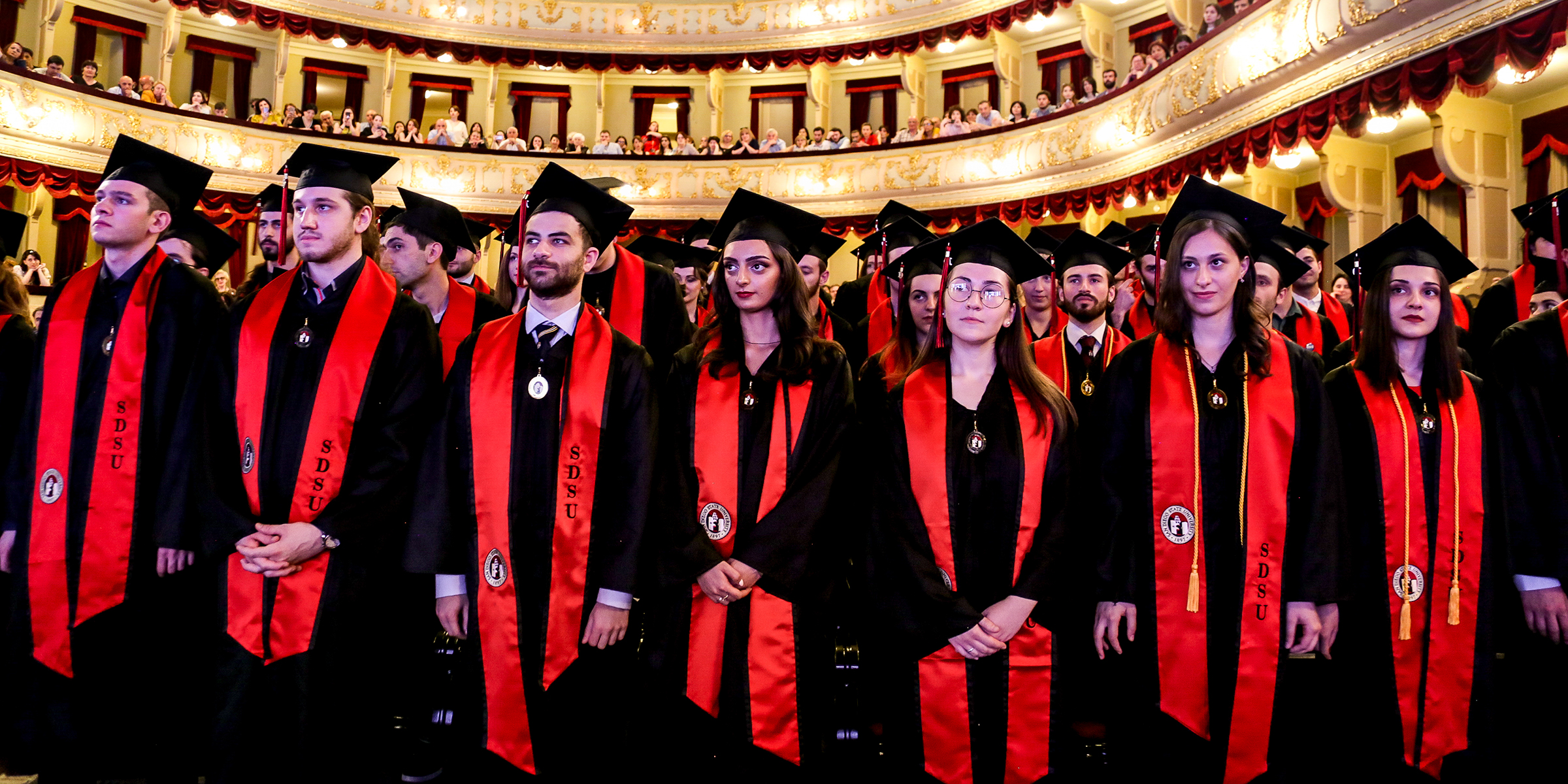
Over the course of the compact term, no major modifications to the Georgia II Compact were introduced. The compact is expected to largely achieve the original program and project objectives, as measured by MCC-funded independent evaluations. Changes in the scope of several activities described below were agreed between MCC and the GoG.
Number of Schools Rehabilitated: Under the Improved Learning Environment Infrastructure Activity, the final number of schools MCA-Georgia rehabilitated was 91. As the compact noted that “up to 130 schools” would be rehabilitated, there was an expectation from the GoG that MCC would be able to fund rehabilitation of 130 schools, which turned out not to be the case. In order to maximize the number of schools and beneficiaries of the activity, the GoG financed all “ancillary works” outside of the school building, including paving, fencing, utility connections and upgrades, and water discharge routes. When schools were closed for rehabilitation, the government funded transportation for students to an alternative schooling location until their school reopened. This, as well as the rebalancing of the school selection formula in 2014, allowed MCC and MCA-Georgia to maintain the target beneficiary number for this activity.
In addition, in 2017 MCA-Georgia reallocated $600,000 from the Monitoring & Evaluation Budget to the activity’s budget to ensure that MCA-Georgia had sufficient funds to rehabilitate schools randomly assigned to the treatment group. The M&E team agreed to this reallocation to help preserve the fidelity of the evaluation design. It was critical to rehabilitate as many of the treatment schools as possible to be able to detect an effect on the outcomes of interest.
Combination of Capacity-Building and Degree Delivery Partnership in the STEM Higher Education Project: At the time of compact signature, a partner higher education institution for the STEM Higher Education Project had not yet been identified. Both MCC and the GoG envisioned that the project’s two objectives of degree delivery and capacity building for accreditation could be treated separately. However, once the compact officially began and the SDSU partnership was in place, SDSU proposed to deliver both objectives. Ultimately, given financial constraints, SDSU increased its focus on capacity building for partner universities in the latter years of the compact as the transition timeline was accelerated.
Reallocations to STEM Higher Education Project: In March 2018, $3.2 million in compact funding was reallocated to the STEM Higher Education Project in order to finance SDSU-Georgia in fall 2018. The compact funds were reallocated from the Training Educators for Excellence Activity, Education Assessment Support Activity, Industry-Led Skills and Workforce Development Project, Monitoring & Evaluation budget, and MCA-Georgia’s program administration budget due to cost savings. This reallocation was prompted by several developments in the compact. The willingness or ability of Georgian students and their families to pay full tuition at SDSU in Georgia was significantly lower than originally estimated by all parties involved, resulting in financial constraints. Both MCC and the GoG agreed that admitting additional cohorts of students was critical to sustaining the education quality gains made during the compact term under the STEM Higher Education Project, in part because additional U.S. degree cohorts would increase the likelihood of partner university international accreditation and certification.
On top of the compact reallocation, the GoG committed additional funding in a revision of the twenty-year memorandum of understanding with SDSU in March 2018, and by February 2019 had transferred the full amount upfront, as requested by SDSU as a condition to the enrollment of a fifth cohort in fall 2019. The GoG’s financial contribution to the STEM Higher Education Project, came primarily in the form of student scholarships and infrastructure support, exceeded $8 million during the compact plus an additional $10.5 million for the post-compact period.
Change in Scope of Education Assessment Support Activity: In September 2018, 80 percent of the National Assessment and Examination Center’s technical research division resigned following the dismissal of the center’s leadership. The skillset required for these positions was difficult to find in Georgia and needed to be developed over a period of intensive capacity building. As a result, the Center could complete the second round of only one national assessment during the compact period. Although the compact originally envisioned that the National Assessment and Examination Center would complete two rounds each of five different national assessments during the compact term, the GoG agreed to continue investing in national assessments after the closure of the compact. MCC agreed to re-program $165,000 of compact funds that were originally intended for the administration of these national assessments to support capacity building for newly hired staff.
Operations and Maintenance: The original, stated purpose of the school operations and maintenance (O&M) sub-activity was to support the establishment of an O&M program for all Georgian public schools to ensure the sustainability of MCC’s investment in rehabilitated schools in particular and all public schools in general. A distinctive element of the school O&M sub-activity was a School O&M Incentive Fund of up to $2.5 million to match each dollar of the GoG’s contribution to school O&M activities.
Beginning in January 2018, MCC and MCA-Georgia increasingly focused the school O&M sub-activity on the 91 schools rehabilitated with compact funding. This was done because decentralization reforms led to a lack of clarity as to who was responsible for each aspect of school O&M. In order to ensure that MCC-funded school infrastructure was properly maintained, MCC worked with the GoG to ensure that O&M financing was secured to operate and maintain MCC-funded schools.

